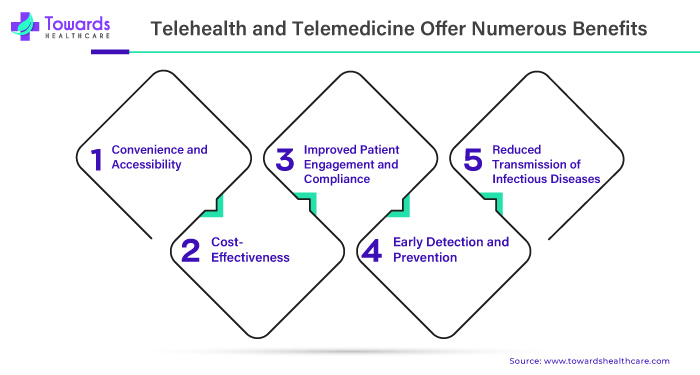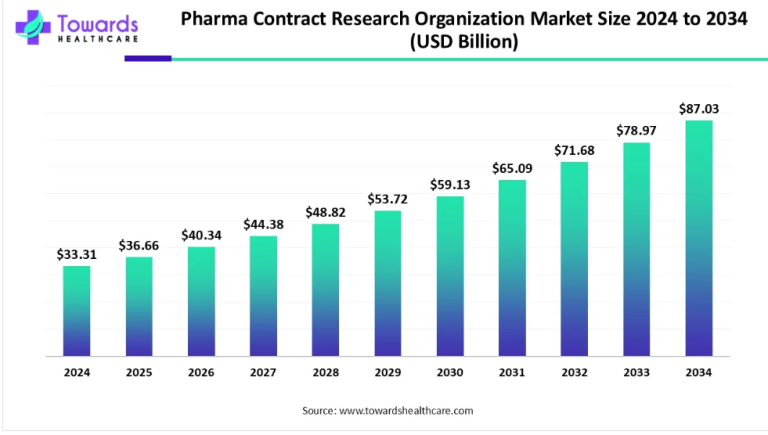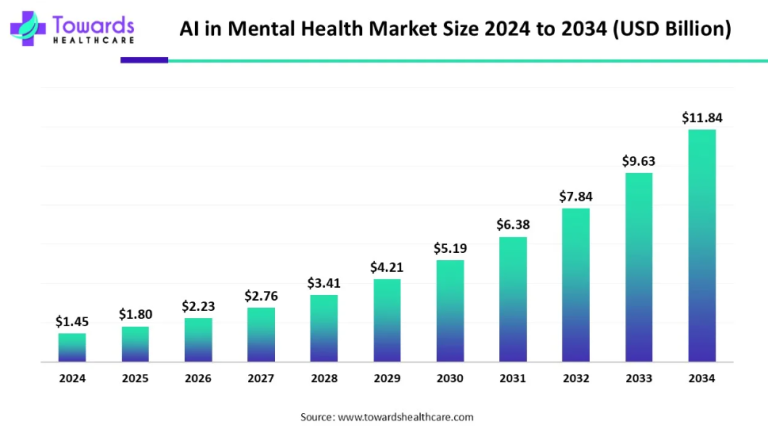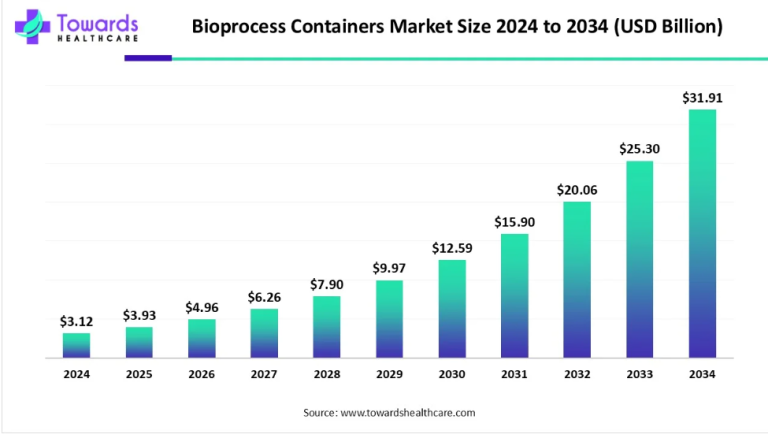
Innovations in healthcare technology have paved the way for revolutionary approaches to medical care, and telehealth and telemedicine stand at the forefront of this digital transformation. These two terms are often used interchangeably, but they encompass distinct aspects of remote healthcare delivery. Let’s delve into the myriad benefits they offer, from enhanced accessibility to improved patient outcomes.
For any queries, feel free to reach us @ https://www.towardshealthcare.com/personalized-scope/5112
Enhancing Accessibility for All
Telehealth and telemedicine break down geographical barriers, granting individuals access to healthcare services regardless of their location. Rural communities, in particular, stand to benefit significantly from these technologies, as they often face limited access to medical facilities. Through virtual consultations and remote monitoring, patients can receive timely care without the need for lengthy travels or logistical challenges.
Empowering Patients Through Convenience
One of the most notable advantages of telehealth and telemedicine is the convenience they provide to patients. Instead of scheduling in-person appointments that may entail long wait times, individuals can connect with healthcare providers from the comfort of their homes. This flexibility not only saves time but also allows patients to seek medical attention promptly, leading to early intervention and better health outcomes.
Facilitating Timely Interventions
In emergencies or urgent situations, every second counts. Telemedicine enables swift responses by facilitating real-time communication between patients and healthcare professionals. Through video conferencing or teleconsultation platforms, medical experts can assess patients’ conditions promptly, provide guidance, and even initiate necessary treatments remotely. This capability proves invaluable, especially in critical scenarios where immediate medical attention is crucial.
Improving Continuity of Care
Chronic disease management often requires regular monitoring and follow-up appointments, which can be challenging for patients with mobility issues or those residing in remote areas. Telehealth solutions bridge this gap by enabling seamless communication between patients and their healthcare providers. By conducting virtual check-ups and monitoring vital signs remotely, physicians can track patients’ progress more effectively and adjust treatment plans as needed, fostering continuity of care.
Enhancing Patient Engagement and Satisfaction
Engagement plays a pivotal role in healthcare outcomes, and telehealth promotes active participation from patients in managing their health. With easy access to medical resources and educational materials online, individuals can take proactive steps towards wellness. Moreover, the convenience of telehealth services tends to enhance patient satisfaction, as it eliminates the hassle of commuting and waiting in crowded waiting rooms, resulting in a more positive healthcare experience overall.
Streamlining Healthcare Operations
Telehealth and telemedicine not only benefit patients but also optimize healthcare delivery for providers and institutions. By reducing the burden of in-person visits and administrative tasks, these technologies streamline workflows, allowing healthcare professionals to allocate their time and resources more efficiently. Additionally, remote consultations enable specialists to reach a broader patient population, expanding their reach and impact in delivering specialized care.
Ensuring Data Security and Privacy
As with any digital platform, ensuring the confidentiality and integrity of patient data is paramount in telehealth and telemedicine. Advanced encryption protocols and secure communication channels safeguard sensitive information exchanged between patients and healthcare providers. By adhering to stringent privacy regulations and implementing robust cybersecurity measures, telehealth platforms instill trust and confidence among users, fostering long-term adoption and utilization.
Telehealth and telemedicine represent a transformative force in modern healthcare, offering unparalleled accessibility, convenience, and efficiency. By leveraging these technologies, healthcare providers can extend their reach, improve patient outcomes, and enhance the overall quality of care. As technology continues to evolve, embracing telehealth solutions will be essential in building a more accessible, patient-centric healthcare ecosystem for all.
To own our advanced study, click here @ https://www.towardshealthcare.com/price/5112
Access our Premium Real Time Data Intelligence Tool, Visit: www.precedencestatistics.com
Read More Snapshots of the Study



